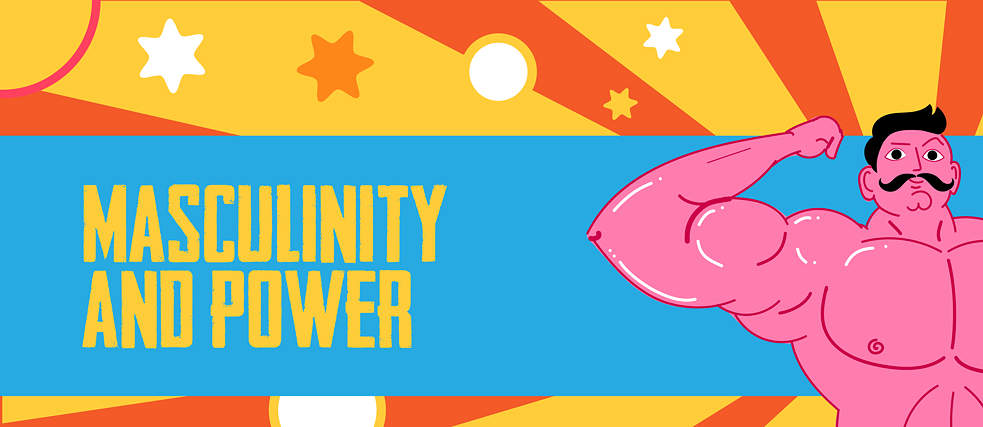Dealing with different forms of masculinity is a relatively new phenomenon. For a long time, masculinity was not a subject of scientific research - it has been only since the 1980s that masculinity has developed into an independent field of research in more and more disciplines. The American researcher on men and masculinity, Michael Kimmel, advocates that the traditional “invisibility” of masculinity has long been a conscious or unconscious strategy for securing power. By refusing that the gender category also applies to men, they were able to evade scrutiny as well as criticism and change.
The hegemonic image of the heterosexual man who is endowed with different privileges of power has been in crisis for some time. On the one hand, this is due to the social change in gender, family and employment - a “forced modernization” (Michael Meuser), which requires its own answers and can no longer fall back on a traditionally imposed asymmetry of the sexes. At the same time, the crisis of masculinity reflects a crisis of legitimacy of the patriarchy and the associated loss of power. Deviating, sometimes marginalized ideas of masculinity (and - as an antipole - of femininity) are often perceived as a threat by the representatives of such traditional hegemonic masculinity. Rhetorics of the “crisis” can therefore also be used as measures or counter-strategies, in particular against approaches that argue for identity politics, such as women's movements, class struggles and / or queer emancipation movements.
